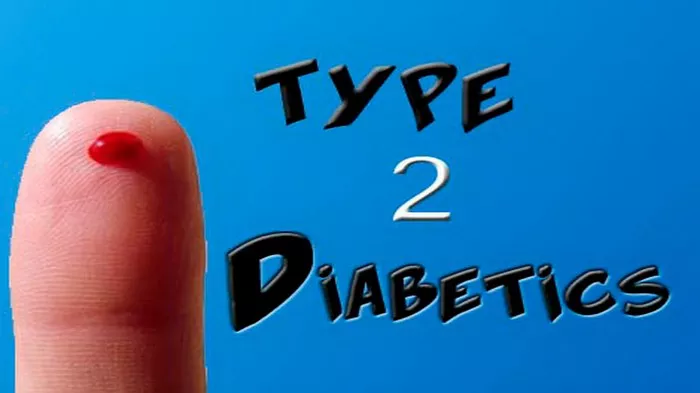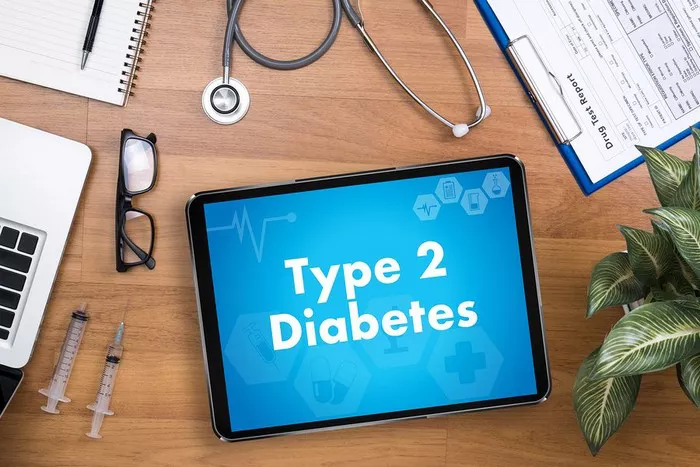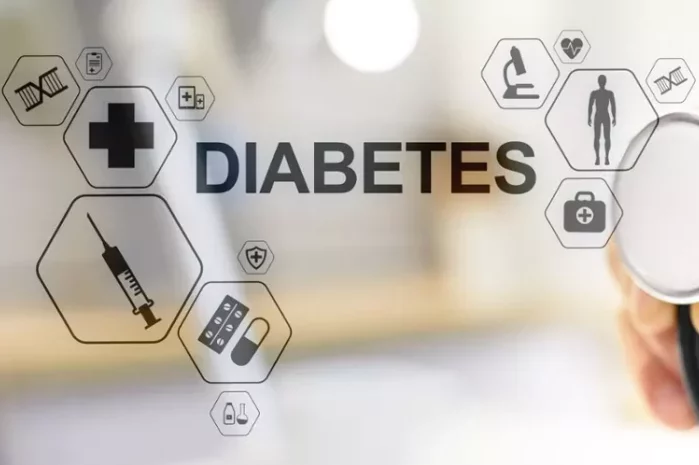Diabetes mellitus, a chronic metabolic disorder, affects millions worldwide, presenting significant challenges to public health systems and individuals alike. Among its various forms, Type 2 diabetes (T2D) stands out as the most prevalent, exerting substantial socioeconomic burdens and posing grave health risks. While all types of diabetes warrant serious attention and management, understanding why T2D holds the mantle as the most dangerous is crucial for effective prevention, treatment, and patient education.
Understanding Type 2 Diabetes:
Type 2 diabetes, often referred to as adult-onset diabetes, typically develops gradually over time, characterized by insulin resistance and relative insulin deficiency. Unlike Type 1 diabetes, which involves an autoimmune destruction of insulin-producing beta cells in the pancreas, T2D typically arises from a combination of genetic predisposition and lifestyle factors, such as poor dietary choices, sedentary habits, and obesity.
Insulin resistance, a hallmark of T2D, occurs when cells in the body fail to respond effectively to insulin, the hormone responsible for regulating blood sugar levels. As a result, glucose remains elevated in the bloodstream, leading to hyperglycemia. Over time, the pancreas may become unable to compensate for insulin resistance by producing enough insulin, further exacerbating the condition.
The Perilous Nature of Type 2 Diabetes:
Long-term Complications:
One of the most alarming aspects of T2D is its propensity to precipitate a myriad of long-term complications, significantly increasing morbidity and mortality rates. Chronic hyperglycemia wreaks havoc on various organ systems, leading to macrovascular complications such as cardiovascular disease, stroke, and peripheral vascular disease. Moreover, microvascular complications including nephropathy, retinopathy, and neuropathy can impair kidney function, vision, and nerve sensation, respectively, diminishing patients’ quality of life and lifespan.
Cardiovascular Risks:
Cardiovascular disease represents the leading cause of mortality among individuals with T2D, underscoring the grave cardiovascular risks associated with this condition. Chronic hyperglycemia contributes to endothelial dysfunction, inflammation, and dyslipidemia, fostering the development of atherosclerosis and increasing the likelihood of myocardial infarction and stroke. Furthermore, coexisting risk factors such as hypertension, dyslipidemia, and obesity compound the cardiovascular burden, emphasizing the need for comprehensive risk factor management in patients with T2D.
Impact on Mental Health:
Beyond its physical toll, T2D can also exact a profound toll on mental health, predisposing individuals to depression, anxiety, and diabetes distress. The relentless demands of diabetes management, coupled with the fear of complications and societal stigma, can contribute to psychological distress and diminish overall well-being. Addressing the psychological dimensions of T2D is paramount, necessitating a holistic approach to care that integrates psychological support and behavioral interventions.
Economic Implications:
The economic ramifications of T2D are staggering, imposing substantial direct and indirect costs on healthcare systems and society at large. Direct costs encompass expenses related to medical care, including hospitalizations, medications, and monitoring supplies. Indirect costs, on the other hand, encompass productivity losses due to disability, premature mortality, and reduced workforce participation. By addressing modifiable risk factors and implementing cost-effective interventions, such as lifestyle modifications and early detection programs, the economic burden of T2D can be mitigated.
Health Disparities:
T2D disproportionately affects certain demographic groups, exacerbating health disparities and underscoring the need for targeted interventions. Socioeconomic factors, including income, education, and access to healthcare, play a significant role in shaping diabetes prevalence and outcomes. Additionally, racial and ethnic minorities, as well as indigenous populations, bear a disproportionate burden of T2D, highlighting the importance of culturally sensitive approaches to care and community-based interventions.
Prevention and Management Strategies:
Despite its formidable challenges, T2D is largely preventable through lifestyle modifications and early intervention. Lifestyle interventions, including dietary changes, increased physical activity, and weight management, represent cornerstone strategies for preventing and managing T2D. Moreover, pharmacological interventions such as oral antidiabetic agents and injectable insulin therapy can help optimize glycemic control and reduce the risk of complications in individuals with T2D.
Patient education and self-management are also integral components of T2D management, empowering individuals to make informed decisions about their health and adhere to prescribed treatment regimens. By fostering a collaborative partnership between healthcare providers and patients, personalized care plans can be developed to address individual needs and preferences, enhancing treatment adherence and outcomes.
Furthermore, advances in digital health technologies, such as mobile applications and wearable devices, hold promise for improving diabetes management and facilitating remote monitoring and support. Telemedicine, in particular, has emerged as a valuable tool for delivering timely, accessible care to individuals with T2D, especially in underserved communities and rural areas.
Conclusion:
In conclusion, Type 2 diabetes represents a formidable public health challenge, characterized by its insidious onset, diverse complications, and substantial socioeconomic burdens. While all forms of diabetes warrant attention and management, T2D stands out as the most dangerous due to its pervasive impact on health and well-being. By understanding the underlying mechanisms of T2D and implementing comprehensive prevention and management strategies, the devastating consequences of this condition can be mitigated, improving outcomes and quality of life for affected individuals.
Related topics:
What Is The Most Effective Type 2 Diabetes Medication?



























